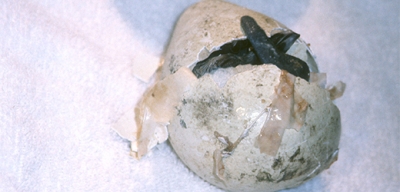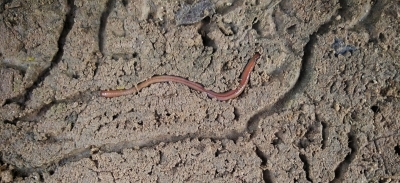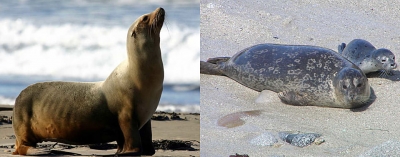
During the mating season penguins gather together by the tens of thousands along the coasts of Antarctica. The female penguins lay one or two eggs which they place in a hollow in the ground. They take turns with the male penguin to sit on the eggs, clutching them tightly between their legs and their downy stomachs.
With the eggs covered like this, the penguins can still move from place to place although they look extremely odd when they do so. When the female is sitting on the eggs, the male bird feeds her. He continues to do so for a time after the young birds are hatched.
There are seventeen species of penguins. They vary in height from 40 centimeters to more than a metre. They all live in the southern hemisphere and go on long migratory swims to escape severely cold weather.
Picture Credit : Google





